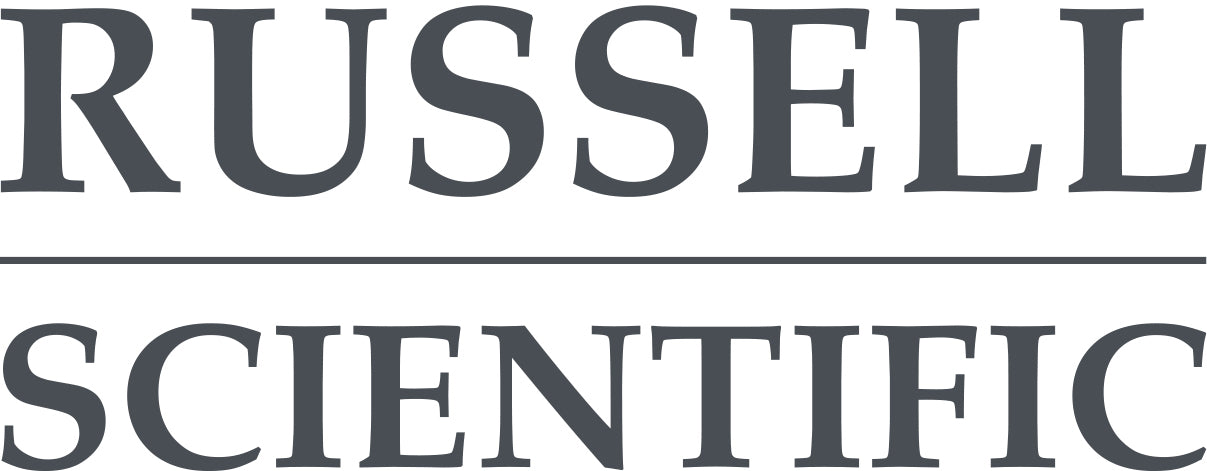The importance of environmental control in museums
Preserving cultural heritage is crucial to museums. Ensuring museums maintain optimal environmental conditions enables artifacts to remain in good condition for years to come. Without the proper care, temperature and humidity fluctuations can lead to material deterioration, mould growth, corrosion, and decay.
Maintaining ideal environmental conditions means museums can safeguard their collections from these risks and help extend the lifespan of the artifacts.
How temperature and humidity affect museum collections
Museum artifacts are made from both organic and inorganic materials, both face risks of damage if not housed and monitored in optimal temperature and humidity conditions.
Organic materials include:
· Wood
· Paper
· Cotton
· Wool
· Silk
· Parchment
· Leather
· Fur
· Feathers
· Bone
If humidity levels drop too low in organic materials, this can lead to a loss of moisture, which can lead to brittleness, shrinkage, and cracking. However, too much humidity causes organic materials to absorb moisture, which in turn can lead to swelling and mould growth.
Inorganic materials and their risks include:
· Stone – Staining and discolouration as well as weathering and erosion.
· Metals – Corrosion and rusting due to high humidity levels.
· Glass and Ceramics – Can suffer surface crystallisation when humidity is too low.
· Painted surfaces and pigments – Can experience colour fading or degradation during poor humidity levels.
Temperature can also cause different materials to expand and contract at different rates, leading to stress fractures and long-term damage to these inorganic materials.
Inorganic materials, although unaffected by moisture fluctuation, still suffer significant damage if not properly maintained in optimal environmental conditions.
Best practices for stable museum environments
To prevent the damaging effects of unstable environmental conditions, museums must maintain optimal levels of temperature and humidity.
Recommended Guidelines
- Temperature: Maintain an optimal range of 16-20°C to ensure both artifact preservation and visitor comfort.
- Relative Humidity (RH): Keep levels between 40-60% to prevent drying or excessive moisture buildup.
- Limit fluctuations: Avoid rapid and frequent environmental changes, which can cause environmental stress to these materials.
Strategies for environmental control
- Insulation and building maintenance: Ensure Museum buildings are well insulated and free from damp and water leaks.
- HVAC Systems: Use heating, ventilation, and air conditioning systems to regulate temperature and humidity levels effectively.
- Visitor impact management: Monitor humidity levels in areas with high visitor traffic, as human presence increases moisture levels, especially in damp weather.
- Regular monitoring: Use data loggers and humidity sensors to continuously track environmental conditions and detect fluctuations early.
Advanced tools for monitoring temperature and humidity are essential for museums to maintain optimal environmental conditions and protect their artifacts. At Russell Scientific, we provide reliable measuring and monitoring solutions customised for museums to ensure they sustain the ideal climate for their specific collections.
How Russell Scientific monitoring solutions support museums:
Russell Scientific offers temperature and humidity monitoring solutions designed to track these fluctuations with precision and reliability. One of these instruments is a Thermohygrograph, great for tracking temperature and humidity trends in real time. A low-technology and high-accuracy monitoring solution especially for low-temperature environments like many areas of museum exhibits.
Providing museum exhibits with these monitoring solutions, allows us to help the museum industry in several ways, including:
- Accurate environmental monitoring: Reliable sensors are designed to track fluctuations in temperature and humidity with high precision.
- Provide energy-efficient monitoring solutions.
- Customisable solutions: Catering to different exhibition spaces, storage areas, and sensitive objects.
Russell Scientific’s environmental monitoring expertise ensures museums maintain stable environmental conditions, reduce risks, and protect valuable artifacts for future generations.
Preserving the past for the future
Effective temperature and humidity monitoring is essential for the preservation of many artifacts in museums. Poor environmental conditions can lead to these artifacts deteriorating over time, resulting in irreversible damage. By installing reliable environmental monitoring solutions, museums can ensure their collections remain protected and improve visitor experience, supporting the long-term success of museum exhibits for years to come.
FAQs:
- Why is monitoring both temperature and humidity essential for preserving museum artefacts?
- Maintaining stable environmental conditions is critical to preserving delicate materials such as paper, textiles, wood, and metals. Fluctuations in temperature can cause expansion and contraction, while inconsistent humidity can lead to mould growth, pest infestation, or structural weakening, potentially shortening the lifespan of priceless exhibits.
- What are acceptable environmental ranges for common museum materials?
- Generally, museums aim to maintain temperatures between 18–22 °C and relative humidity levels of 45–55%. However, ideal conditions can vary depending on the material; some objects may require slightly different settings to prevent degradation. It’s important to refer to conservation guidelines specific to each material type.
-
How frequently should the environment be monitored and reviewed?
- Continuous monitoring is ideal, with data recorded in real time and reviewed regularly, typically on a daily or weekly basis. Analysis of trends over months and seasons is also important for identifying subtle shifts. Sudden spikes or drops in conditions require immediate action, guided by automated alerts from your monitoring equipment.
- What are the risks of not monitoring environmental conditions in a museum setting?
- Without active monitoring, changes in temperature and humidity can go unnoticed until visible damage occurs, such as cracking, warping, corrosion, mould growth, or pigment fading. These issues are often irreversible and may result in costly restoration efforts or permanent loss of cultural value. Proactive monitoring protects collections before problems arise.

